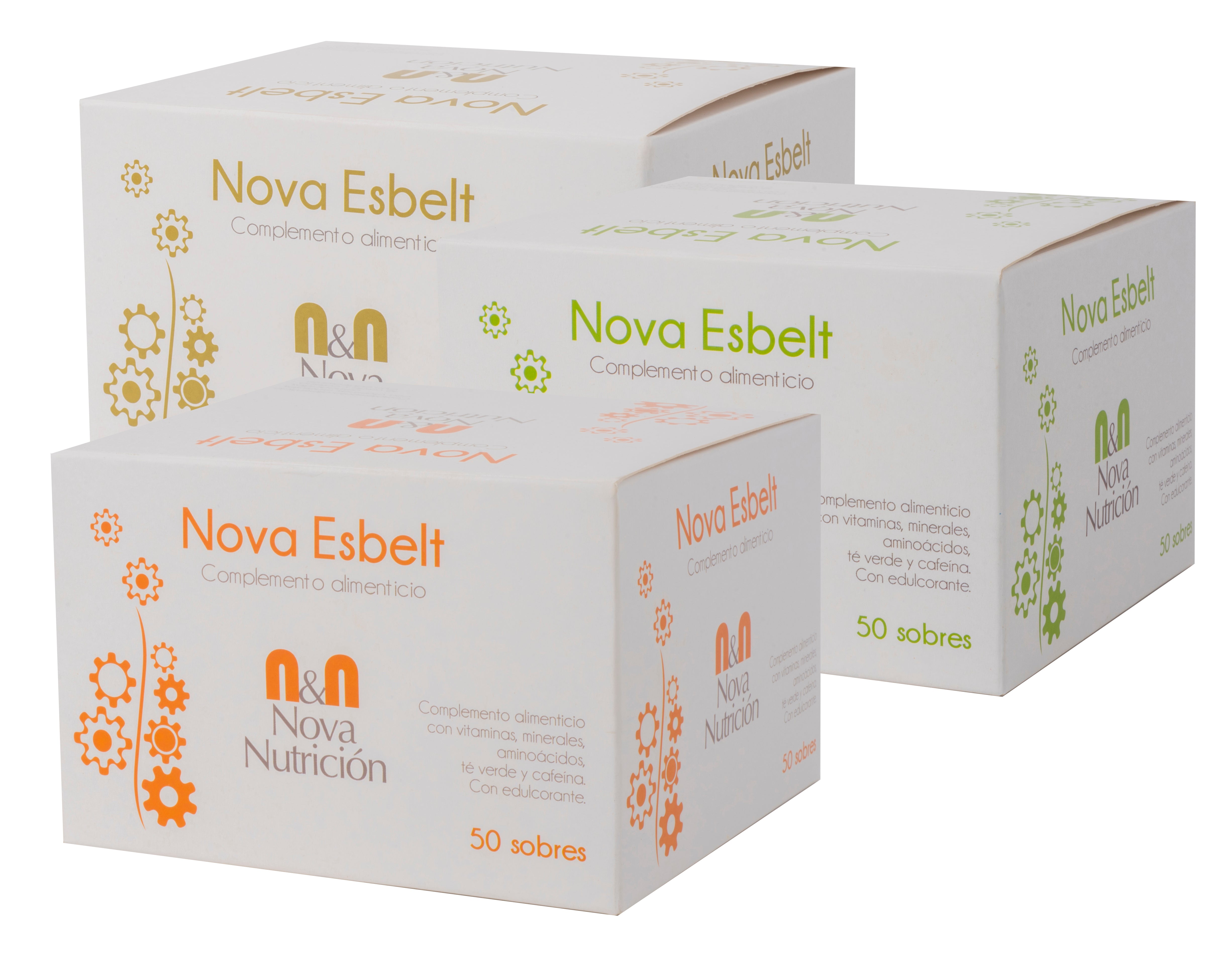
In just two decades, life expectancy in Spain has skyrocketed and with it the study of new diseases and disorders that until now were anecdotal. With an average lifespan of 83 years for Spanish women, it is natural that our country is at the forefront in life expectancy, but this also attracts a new challenge. Changes that are linked to aging include changes in body composition, especially a drastic decrease in muscle mass and an increase in fat mass. Also the reduction in bone mass, especially after 70 years of age. In this case, we focus on the so-called sarcopenic obesity, strongly linked to this decrease in muscle mass.
What is sarcopenic obesity?
Sarcopenic obesity is described as "a clinical and pathophysiological entity that involves disability and risk of mortality" that consists of insulin resistance and inflammation. "The adipocyte has been implicated in maintaining this process." As a meaning, the concept appears in 1996 by Heber who describes it as "lean mass reduced out of proportion in relation to adipose tissue."
Colloquially we can summarize it as aging causes a decrease in muscle mass and, on the contrary, an increase in fat mass, which leads to a series of imbalances that can lead to comorbidity with cardiovascular problems, diabetes or high cholesterol.
Sarcopenic obesity cannot be detected with BMI (body mass index) since, in many cases, there are people who have an optimal height-to-weight ratio and yet have high levels of fat and very little muscle.
Why is it so dangerous?
Although more common in old age, the sedentary society is resulting in an increase in the risk that this type of obesity entails. It is linked to the development of cardiovascular diseases, especially when fat accumulates in the abdominal area. Let's not forget that it is also associated with a greater risk of hypertension or high cholesterol, as well as diabetes. In a way, we are talking about a "pack" since these diseases usually present comorbidity.
How is it evaluated if you have sarcopenic obesity?
Typically, the expert opts for several tests such as magnetic resonance imaging, computed tomography, or dual X-ray absociometry. The patient will discover his or her visceral fat and muscle mass index. Do you want to prevent sarcopenic obesity? Choose a combination of healthy diet, Nova Esbelt and exercise. There are different tests to use to determine if you need to lose weight .

Sources:
University of Costa Rica, " Basic concepts on sarcopenic obesity in the elderly ."
A. Gómez-Cabello1,2, G. Vicente Rodríguez1,2, S. Vila-Maldonado3, JA Casajús1,2 and I. Ara1,3, 2012, Aging and body composition: sarcopenic obesity in Spain , University of Zaragoza.




